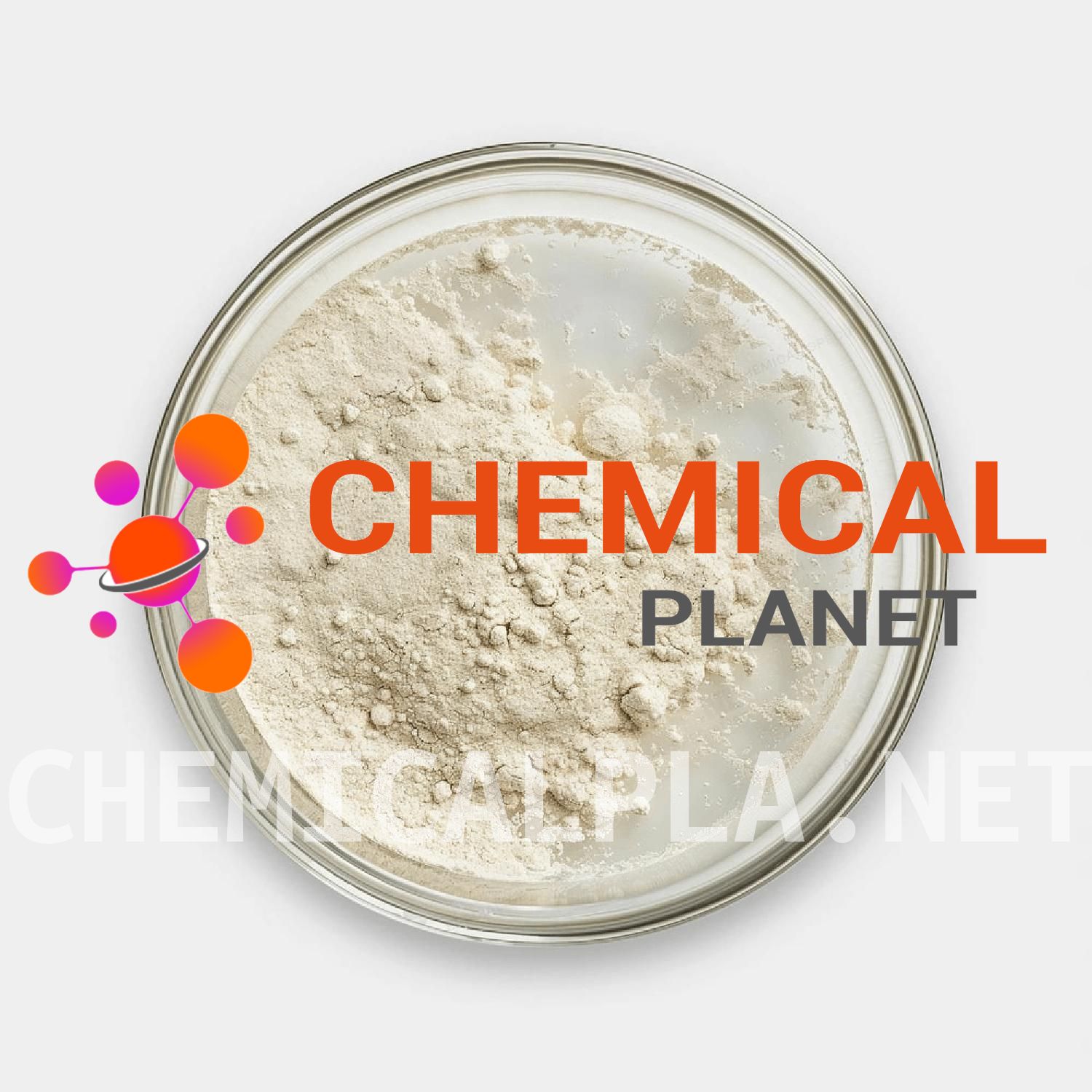Arylcyclohexylamines
3-Methyl-PCP Powder
| QUANTITY | PRIC PER gram | SAVE AMOUNT |
|---|---|---|
| 1 to 2 | EUR 50.00 /gram | 0% |
| 3 to 4 | EUR 40.00 /gram | 20% |
| 5 to 9 | EUR 37.50 /gram | 25% |
| 10 to 24 | EUR 35.00 /gram | 30% |
| 25 to 49 | EUR 30.00 /gram | 40% |
| 50 to 99 | EUR 25.00 /gram | 50% |
| 100 + | EUR 17.50 /gram | 65% |
POPULAR PRODUCT
Many customers bought this product recently.
Now
Packaging
price
3-Methyl-PCP Powder
3-Methyl-PCP (3'-Methyl-PCP, meta-Methyl-PCP, 3-Me-PCP) is a recreational designer drug known for its dissociative effects. As an arylcyclohexylamine derivative, it shares structural similarities with other substances in its class, such as 3'-MeO-PCP and 3'-Me-PCPy. This compound has garnered attention for its unique psychoactive properties, making it a subject of interest for those exploring dissociative experiences.
Physical Properties and Initial Trials
The powder form of 3-Methyl-PCP is noted for its caustic nature, causing discomfort when administered intranasally and leaving irritation on mucous membranes when taken sublingually. Initial trials at doses of 10 mg and 12 mg via intranasal administration revealed that the substance induces a lucid and functional state, akin to other dissociatives like 3-MeO-PCP or unsubstituted PCP. However, users reported a more significant loss of motor skills at these doses. Social interactions remained manageable, and the experiences were relatively short-lived, characterized by a pleasant afterglow that included elevated mood and increased articulation, especially when combined with other substances like etizolam and cannabis.
Upon insufflation, users describe the powder as chalky with a naphtha and burning rubber odor, leading to an immediate and intense burning sensation. The onset of effects is rapid, often accompanied by feelings of dizziness and a warm, sweaty numbness reminiscent of nitrite inhalants. Cognitive dissociation sets in quickly, altering the perception of time and creating a heavy, syrupy sensation in the head that distances the user from their surroundings.
As the experience progresses, users may experience a powerful spinning dizziness, akin to being intoxicated or trying to maintain balance on a rocking boat. Physical effects manifest as uncoordinated movements, making it challenging to walk or stand straight. This dissociation is distinct from the full-body anesthesia associated with other dissociatives, as users remain aware of their bodies and the space they occupy.
The effects intensify, leading to a mix of sensations, including warmth, nausea, and a blissful euphoria. The mind races with thoughts that feel disjointed and unproductive, while the body remains still, creating a sense of joviality amidst the sedation. The unique quality of the numbness is described as soft and enveloping, with sensations in the fingertips feeling spongy and cloud-like.
Visuals begin to emerge, characterized by pulsing waves and subtle patterns, reminiscent of an old television screen. Users may perceive clouds and pillars expanding from their minds, creating a sensation of fading into the experience. While the overall lucidity and mental stimulation are comparable to 3-MeO-PCP, the dissociation feels heavier and more pervasive.
Stepping outside, users may feel as though they have entered a larger indoor space, with everything appearing distant yet oddly flat. The experience continues to build, with visuals becoming more pronounced and the body feeling increasingly heavy and melty. Despite the disorientation, the mind remains active, processing the subdued information it receives.
As the experience reaches its peak, users may feel encased in a surreal environment, with sensations of spinning and sinking. The pressure and acceleration of the experience eventually plateau, leaving users in a state of disarray, struggling to engage with their surroundings. Social interactions may feel distant and disjointed, leading to a sense of unease as users navigate conversations with friends.
Conclusion
3-Methyl-PCP presents an intriguing profile for exploration. However, increasing the dose appears to lead to diminishing returns, as the pleasant dissociative effects become overshadowed by sedation and incapacitation. At lower doses (10-12 mg), the compound offers a euphoric experience with soft edges, reminiscent of PCP, GHB, or alcohol. The primary characteristic of its dissociation is dizziness, creating a sensation of perpetual motion without fully anesthetizing the body. While the headspace at lower doses is stimulating and slightly manic, higher doses lead to a state of neutrality that can hinder cognitive processing. Visual effects are subtle, primarily experienced with eyes open, and the compound does not lend itself well to introspection or therapeutic use. Instead, it offers a hedonistic and euphoric experience, making it an excellent choice for social settings. Overall, 3-Methyl-PCP is a fun and worthwhile compound for those interested in exploring the boundaries of dissociative substances. Its unique combination of effects, including a euphoric rush and a sense of soft sedation, positions it as a compelling option for recreational use. However, users should approach this compound with caution, as the potential for increased sedation and disorientation at higher doses may detract from the initial pleasurable experience. As with any psychoactive substance, responsible use and awareness of individual tolerance are essential to ensure a safe and enjoyable experience.
3-Methyl-PCP Powder is for research use only and not intended for human consumption!
3-Methyl-PCP Powder stock last updated at: April 2025
 USD
USD GBP
GBP CAD
CAD AUD
AUD